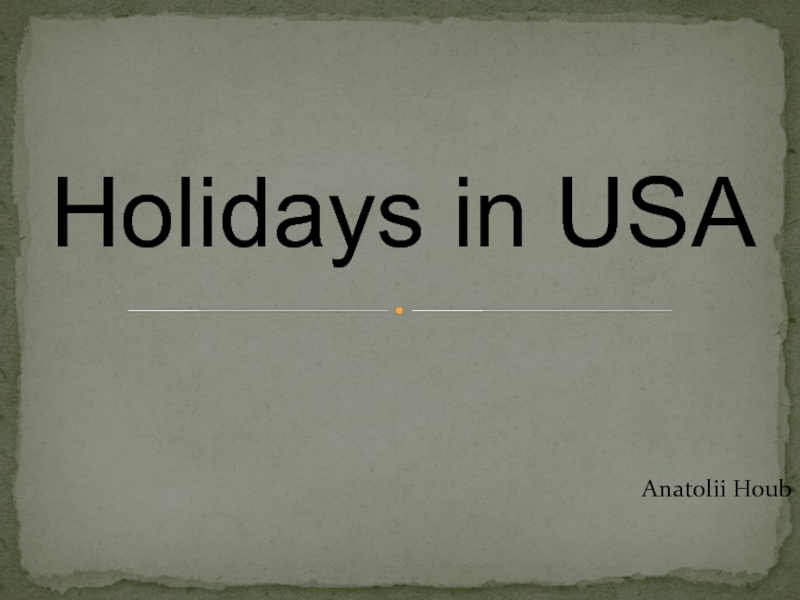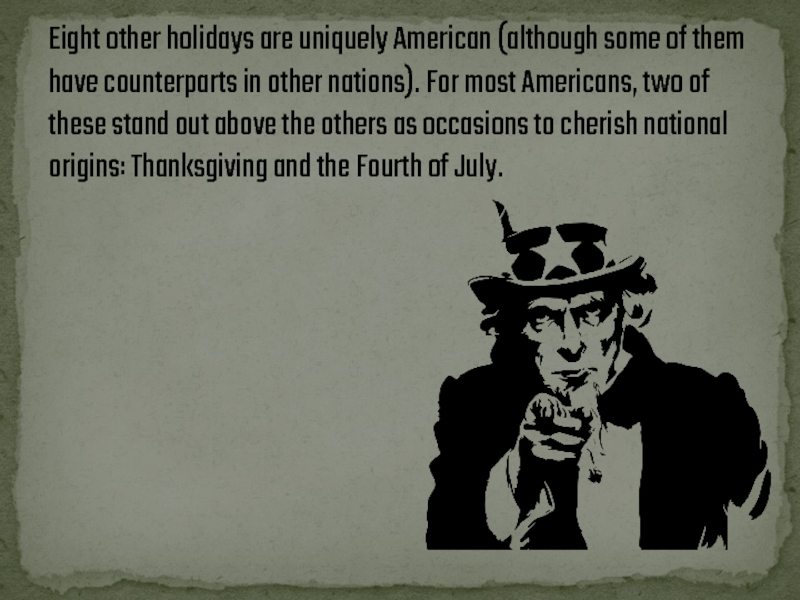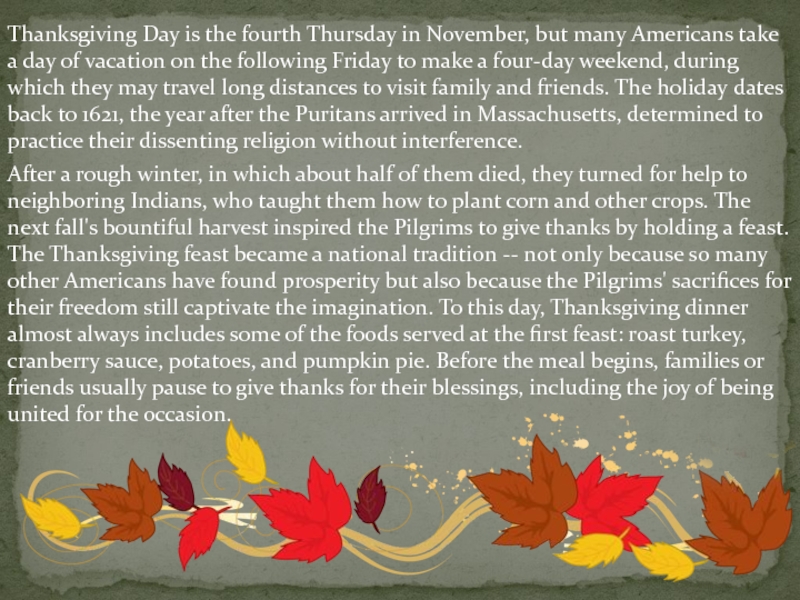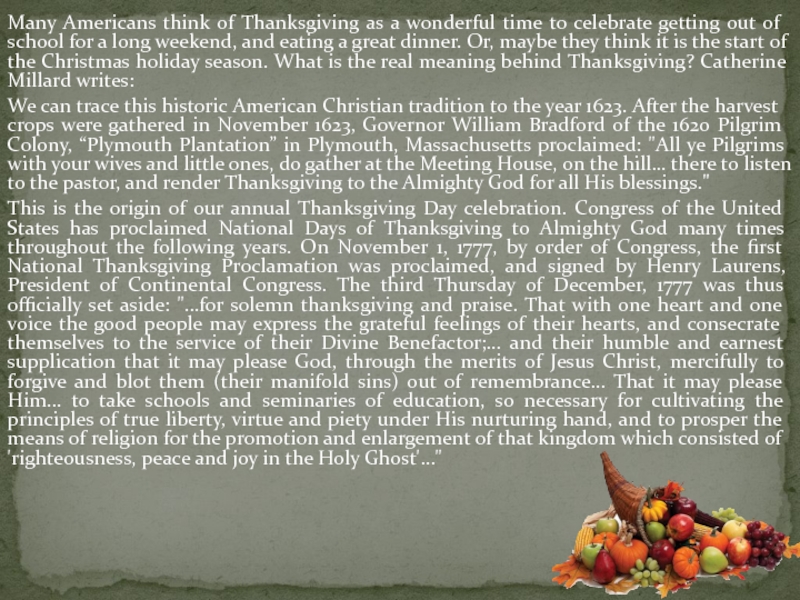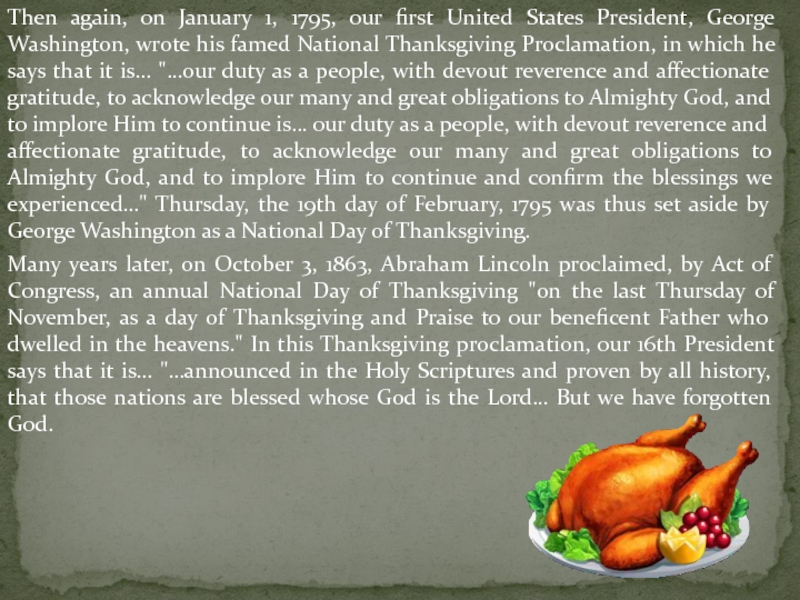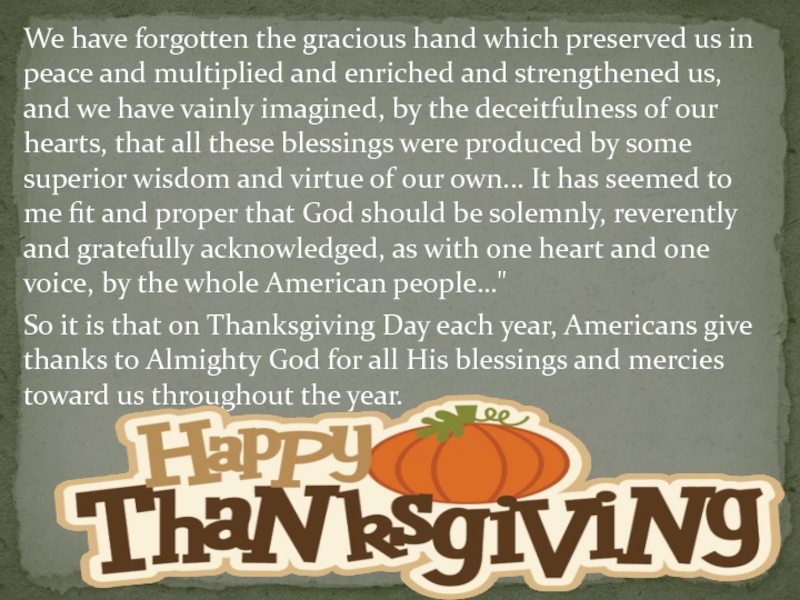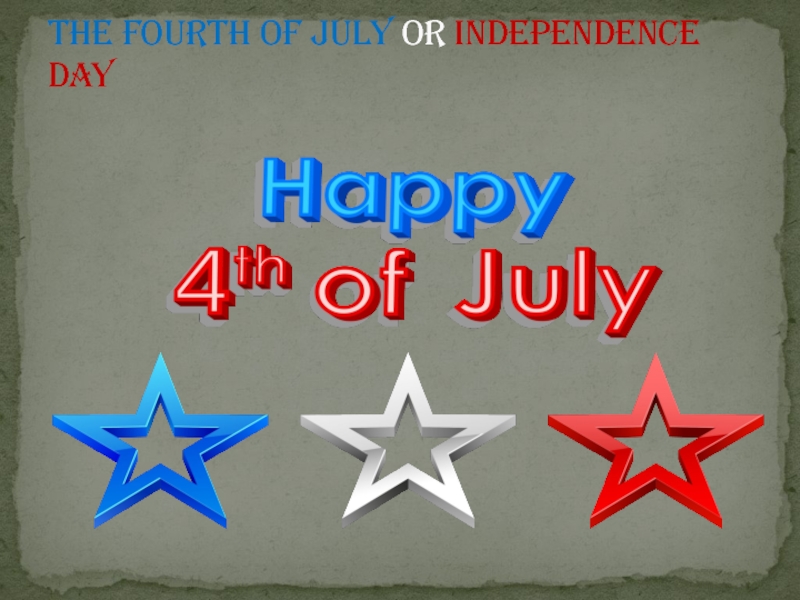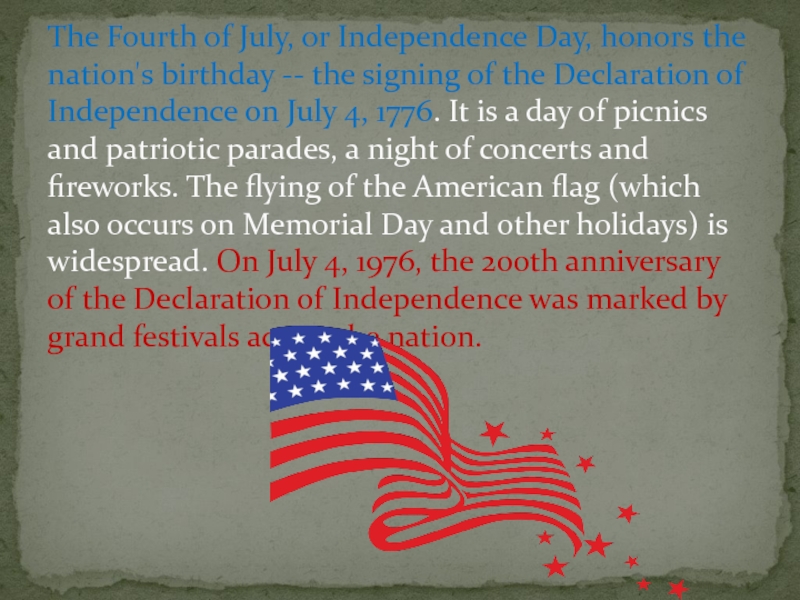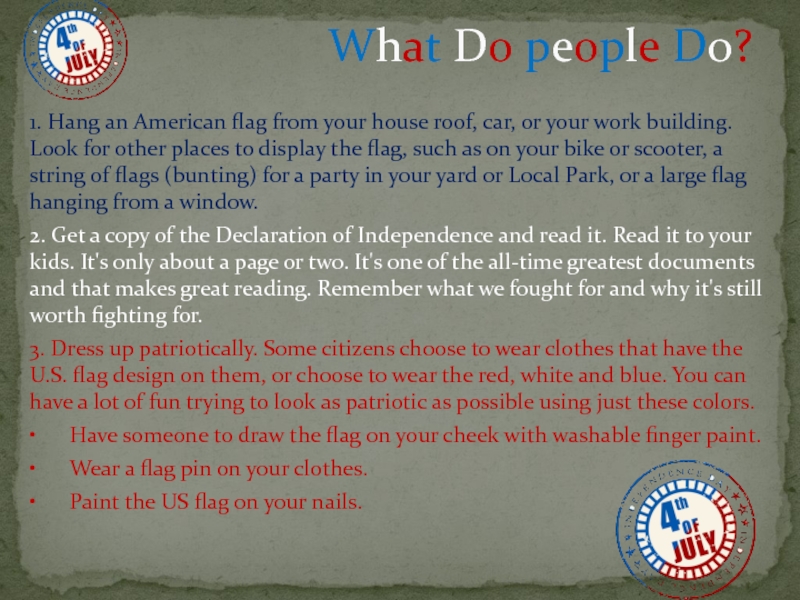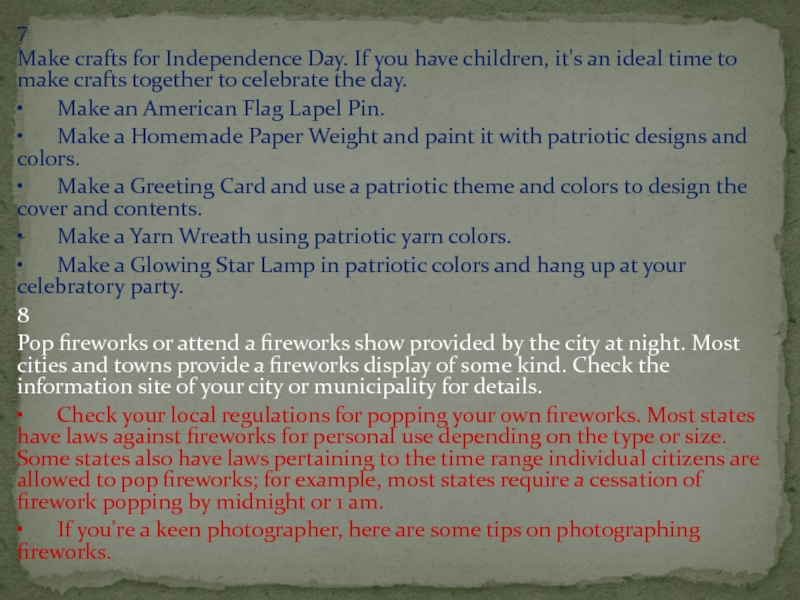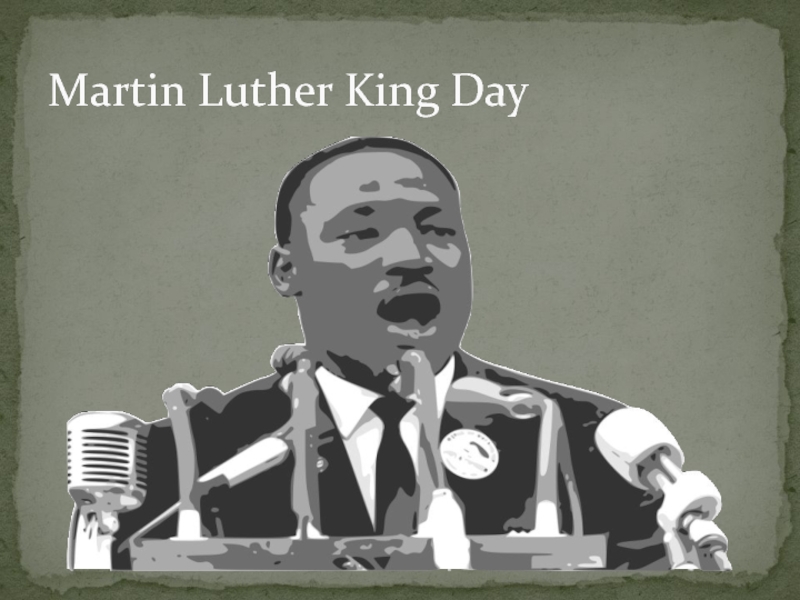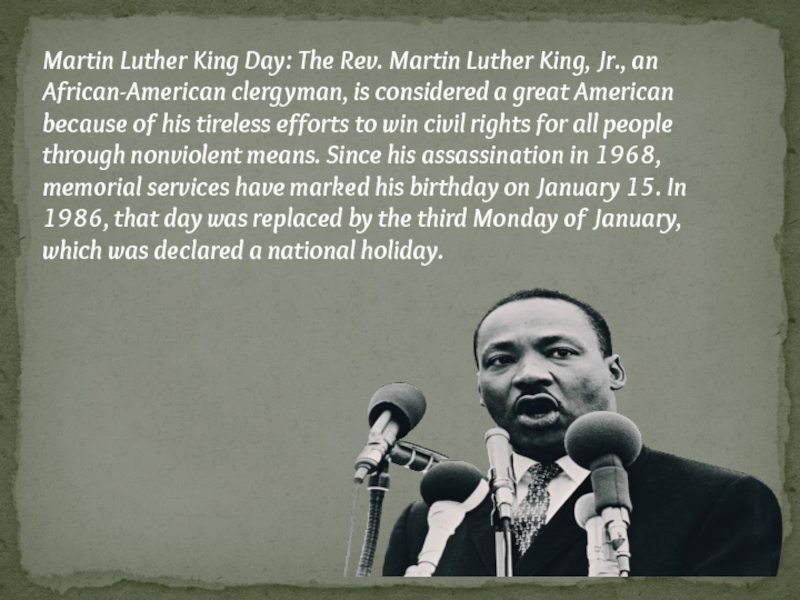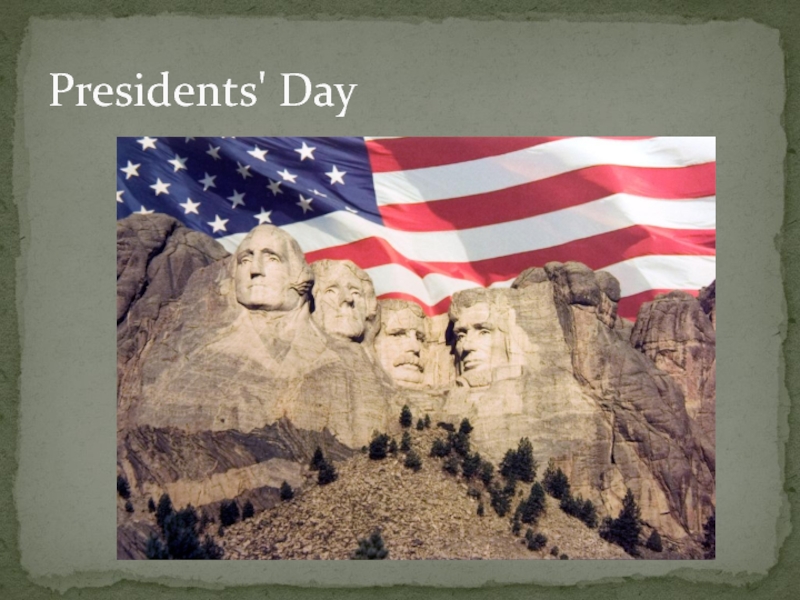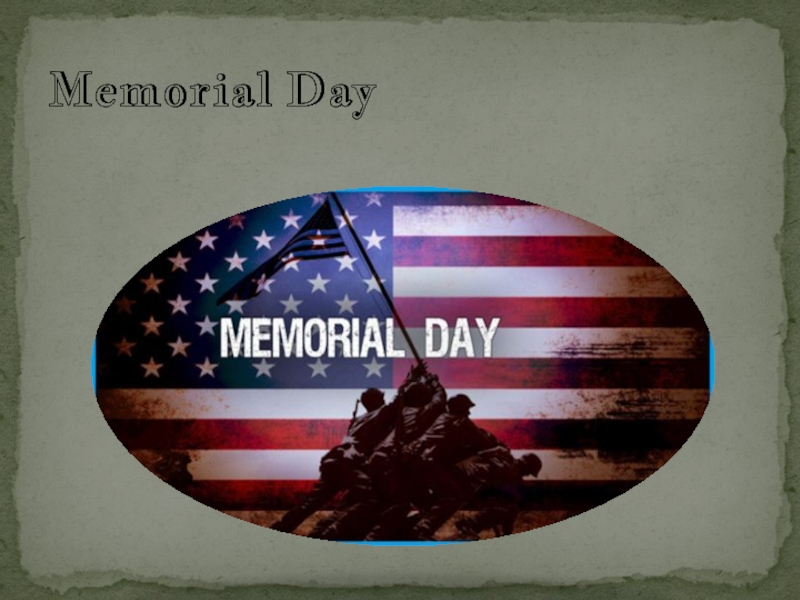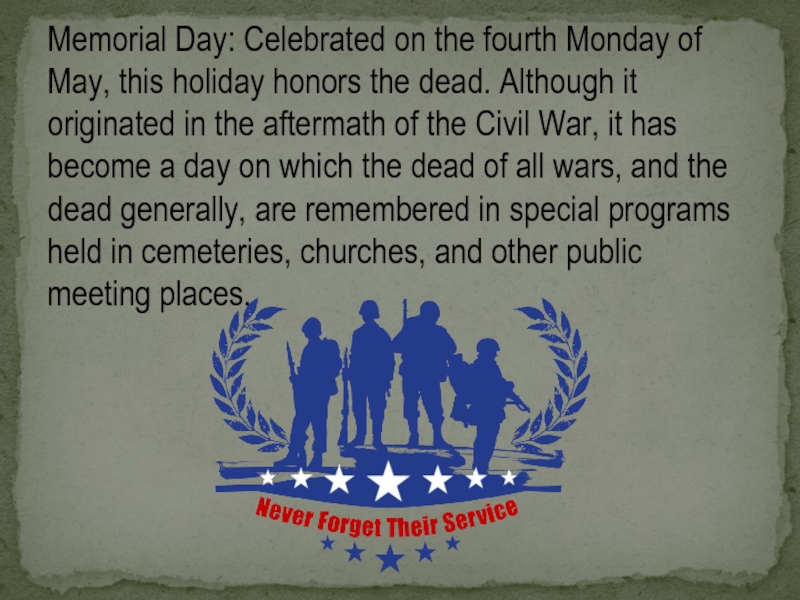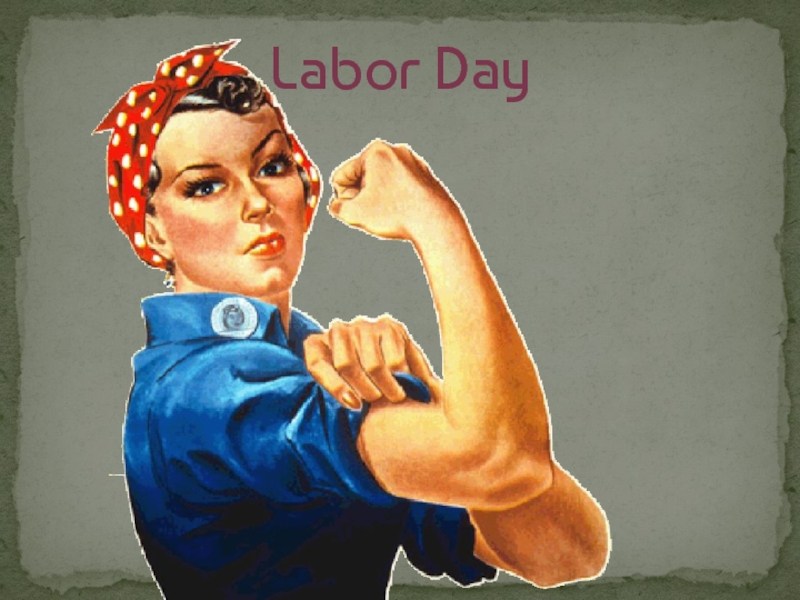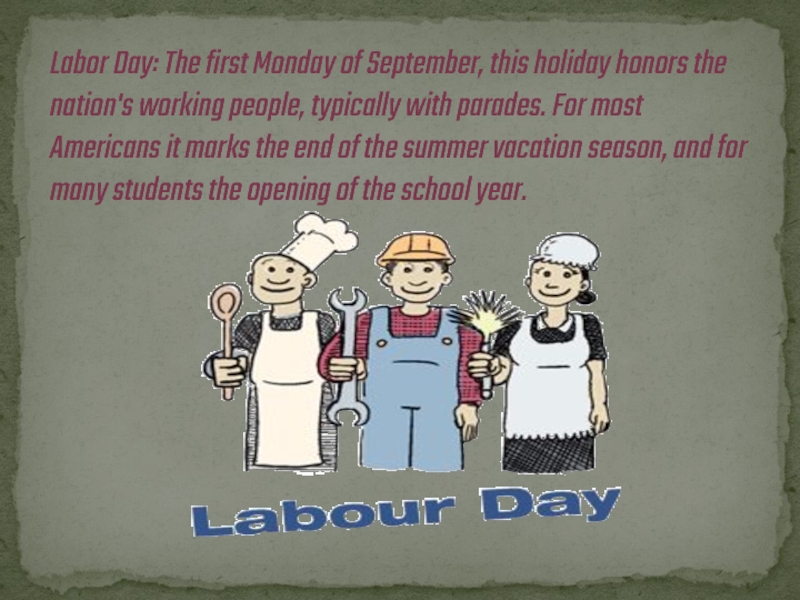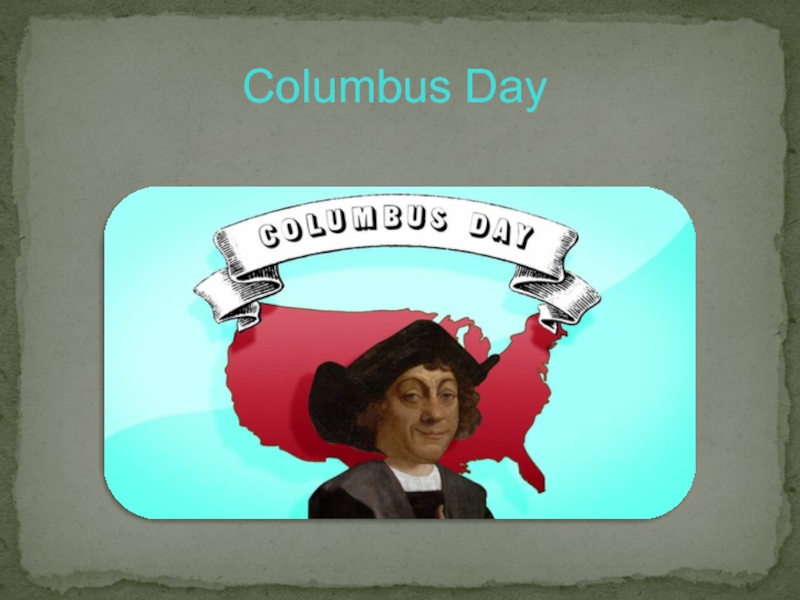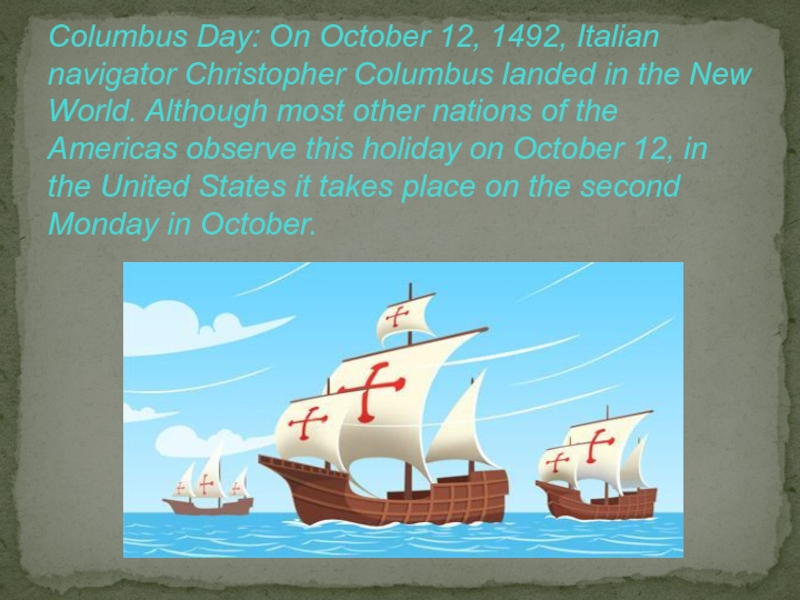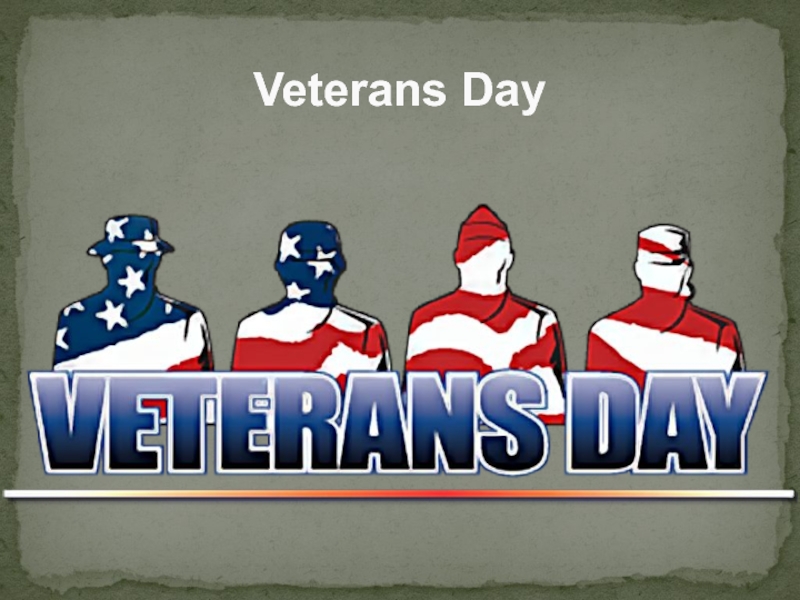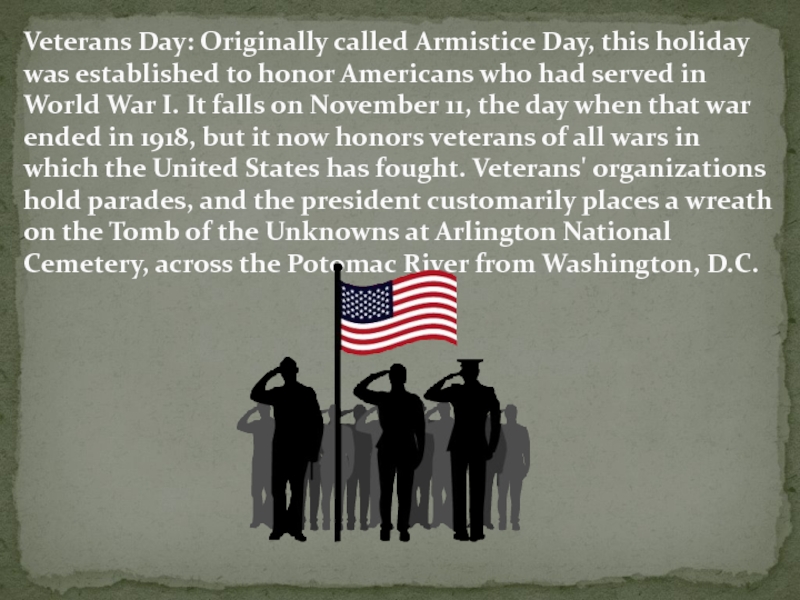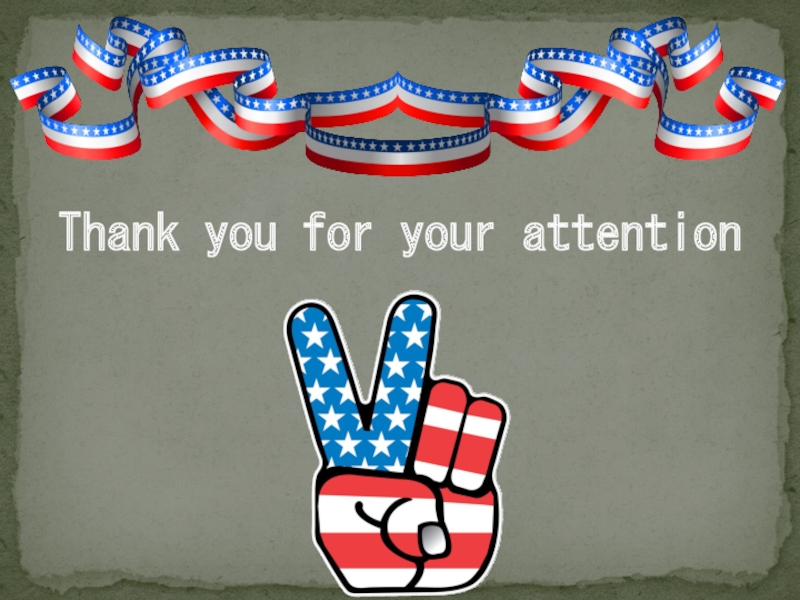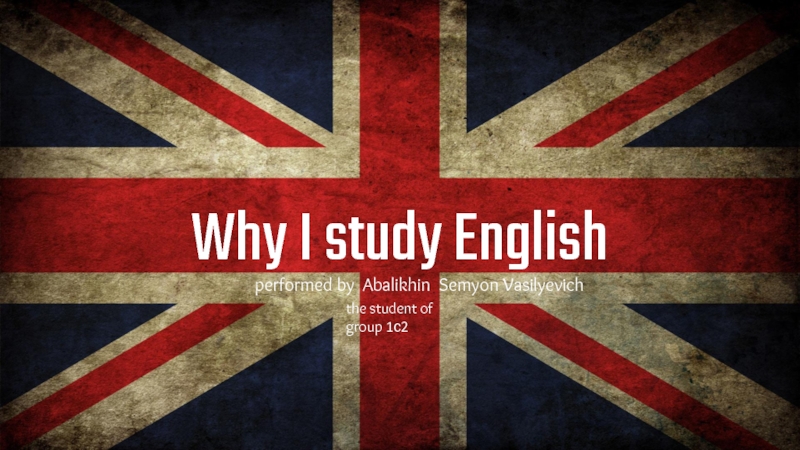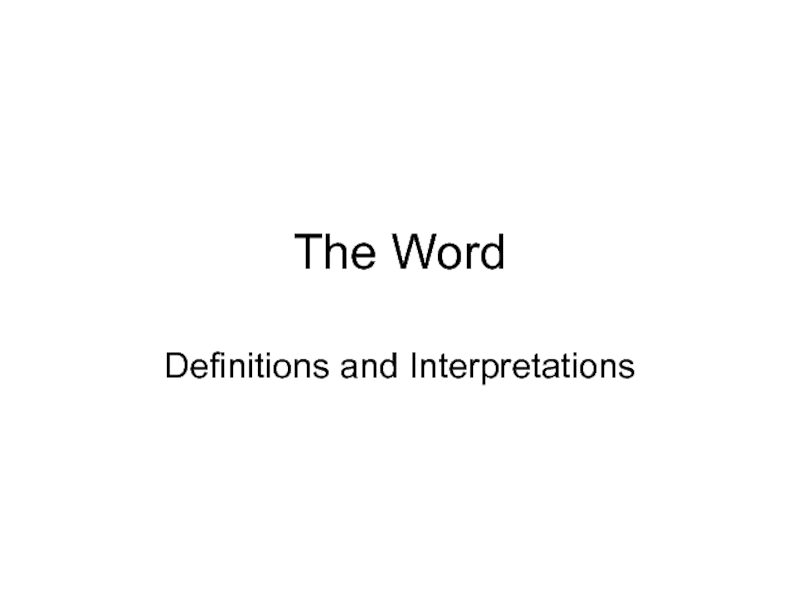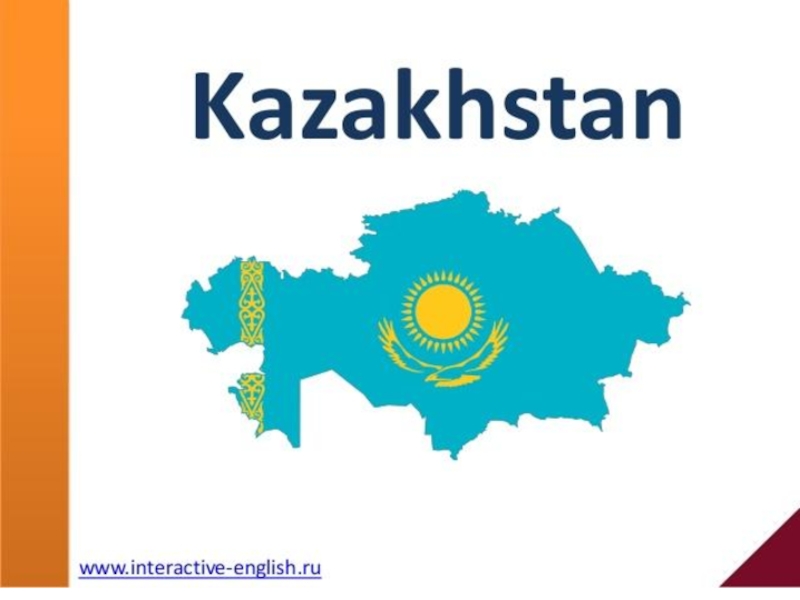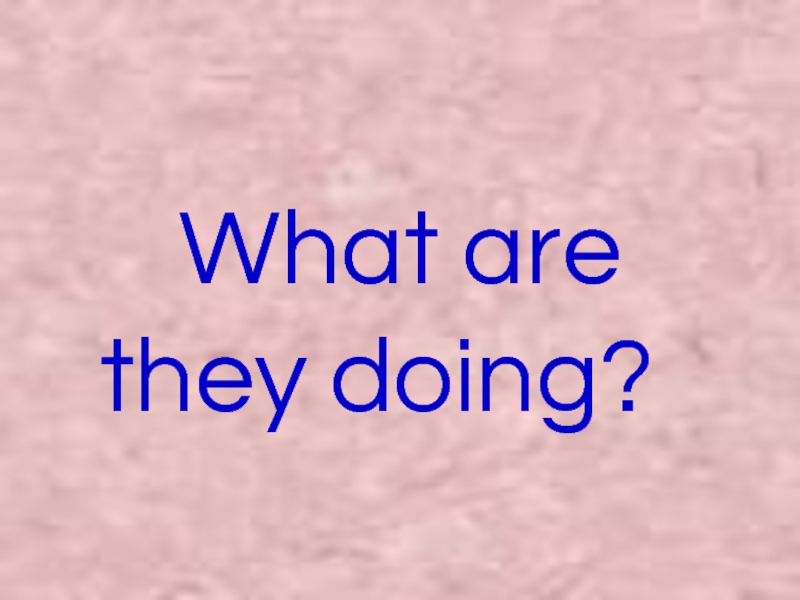- Главная
- Разное
- Дизайн
- Бизнес и предпринимательство
- Аналитика
- Образование
- Развлечения
- Красота и здоровье
- Финансы
- Государство
- Путешествия
- Спорт
- Недвижимость
- Армия
- Графика
- Культурология
- Еда и кулинария
- Лингвистика
- Английский язык
- Астрономия
- Алгебра
- Биология
- География
- Детские презентации
- Информатика
- История
- Литература
- Маркетинг
- Математика
- Медицина
- Менеджмент
- Музыка
- МХК
- Немецкий язык
- ОБЖ
- Обществознание
- Окружающий мир
- Педагогика
- Русский язык
- Технология
- Физика
- Философия
- Химия
- Шаблоны, картинки для презентаций
- Экология
- Экономика
- Юриспруденция
Holidays in USA презентация
Содержание
- 1. Holidays in USA
- 2. Eight other holidays are uniquely American (although
- 3. Thanksgiving Day
- 4. Thanksgiving Day is the fourth Thursday in
- 5. Many Americans think of Thanksgiving as a
- 6. Then again, on January 1, 1795, our
- 7. We have forgotten the gracious hand which
- 8. The Fourth of July or Independence Day
- 9. The Fourth of July, or Independence Day,
- 10. 1. Hang an American flag from
- 11. 4. Show your support by watching a
- 12. 7 Make crafts for Independence Day. If
- 13. Martin Luther King Day
- 14. Martin Luther King Day: The Rev. Martin
- 15. Presidents' Day
- 16. Presidents' Day: Until the mid-1970s, the February
- 17. Memorial Day
- 18. Memorial Day: Celebrated on the fourth Monday
- 19. Labor Day
- 20. Labor Day: The first Monday of September,
- 21. Columbus Day
- 22. Columbus Day: On October 12, 1492, Italian
- 23. Veterans Day
- 24. Veterans Day: Originally called Armistice Day, this
- 25. Thank you for your attention
Слайд 2Eight other holidays are uniquely American (although some of them have
counterparts in other nations). For most Americans, two of these stand out above the others as occasions to cherish national origins: Thanksgiving and the Fourth of July.
Слайд 4Thanksgiving Day is the fourth Thursday in November, but many Americans
take a day of vacation on the following Friday to make a four-day weekend, during which they may travel long distances to visit family and friends. The holiday dates back to 1621, the year after the Puritans arrived in Massachusetts, determined to practice their dissenting religion without interference.
After a rough winter, in which about half of them died, they turned for help to neighboring Indians, who taught them how to plant corn and other crops. The next fall's bountiful harvest inspired the Pilgrims to give thanks by holding a feast. The Thanksgiving feast became a national tradition -- not only because so many other Americans have found prosperity but also because the Pilgrims' sacrifices for their freedom still captivate the imagination. To this day, Thanksgiving dinner almost always includes some of the foods served at the first feast: roast turkey, cranberry sauce, potatoes, and pumpkin pie. Before the meal begins, families or friends usually pause to give thanks for their blessings, including the joy of being united for the occasion.
After a rough winter, in which about half of them died, they turned for help to neighboring Indians, who taught them how to plant corn and other crops. The next fall's bountiful harvest inspired the Pilgrims to give thanks by holding a feast. The Thanksgiving feast became a national tradition -- not only because so many other Americans have found prosperity but also because the Pilgrims' sacrifices for their freedom still captivate the imagination. To this day, Thanksgiving dinner almost always includes some of the foods served at the first feast: roast turkey, cranberry sauce, potatoes, and pumpkin pie. Before the meal begins, families or friends usually pause to give thanks for their blessings, including the joy of being united for the occasion.
Слайд 5Many Americans think of Thanksgiving as a wonderful time to celebrate
getting out of school for a long weekend, and eating a great dinner. Or, maybe they think it is the start of the Christmas holiday season. What is the real meaning behind Thanksgiving? Catherine Millard writes:
We can trace this historic American Christian tradition to the year 1623. After the harvest crops were gathered in November 1623, Governor William Bradford of the 1620 Pilgrim Colony, “Plymouth Plantation” in Plymouth, Massachusetts proclaimed: "All ye Pilgrims with your wives and little ones, do gather at the Meeting House, on the hill… there to listen to the pastor, and render Thanksgiving to the Almighty God for all His blessings."
This is the origin of our annual Thanksgiving Day celebration. Congress of the United States has proclaimed National Days of Thanksgiving to Almighty God many times throughout the following years. On November 1, 1777, by order of Congress, the first National Thanksgiving Proclamation was proclaimed, and signed by Henry Laurens, President of Continental Congress. The third Thursday of December, 1777 was thus officially set aside: "…for solemn thanksgiving and praise. That with one heart and one voice the good people may express the grateful feelings of their hearts, and consecrate themselves to the service of their Divine Benefactor;… and their humble and earnest supplication that it may please God, through the merits of Jesus Christ, mercifully to forgive and blot them (their manifold sins) out of remembrance… That it may please Him… to take schools and seminaries of education, so necessary for cultivating the principles of true liberty, virtue and piety under His nurturing hand, and to prosper the means of religion for the promotion and enlargement of that kingdom which consisted of 'righteousness, peace and joy in the Holy Ghost'…"
We can trace this historic American Christian tradition to the year 1623. After the harvest crops were gathered in November 1623, Governor William Bradford of the 1620 Pilgrim Colony, “Plymouth Plantation” in Plymouth, Massachusetts proclaimed: "All ye Pilgrims with your wives and little ones, do gather at the Meeting House, on the hill… there to listen to the pastor, and render Thanksgiving to the Almighty God for all His blessings."
This is the origin of our annual Thanksgiving Day celebration. Congress of the United States has proclaimed National Days of Thanksgiving to Almighty God many times throughout the following years. On November 1, 1777, by order of Congress, the first National Thanksgiving Proclamation was proclaimed, and signed by Henry Laurens, President of Continental Congress. The third Thursday of December, 1777 was thus officially set aside: "…for solemn thanksgiving and praise. That with one heart and one voice the good people may express the grateful feelings of their hearts, and consecrate themselves to the service of their Divine Benefactor;… and their humble and earnest supplication that it may please God, through the merits of Jesus Christ, mercifully to forgive and blot them (their manifold sins) out of remembrance… That it may please Him… to take schools and seminaries of education, so necessary for cultivating the principles of true liberty, virtue and piety under His nurturing hand, and to prosper the means of religion for the promotion and enlargement of that kingdom which consisted of 'righteousness, peace and joy in the Holy Ghost'…"
Слайд 6Then again, on January 1, 1795, our first United States President,
George Washington, wrote his famed National Thanksgiving Proclamation, in which he says that it is… "…our duty as a people, with devout reverence and affectionate gratitude, to acknowledge our many and great obligations to Almighty God, and to implore Him to continue is… our duty as a people, with devout reverence and affectionate gratitude, to acknowledge our many and great obligations to Almighty God, and to implore Him to continue and confirm the blessings we experienced…" Thursday, the 19th day of February, 1795 was thus set aside by George Washington as a National Day of Thanksgiving.
Many years later, on October 3, 1863, Abraham Lincoln proclaimed, by Act of Congress, an annual National Day of Thanksgiving "on the last Thursday of November, as a day of Thanksgiving and Praise to our beneficent Father who dwelled in the heavens." In this Thanksgiving proclamation, our 16th President says that it is… "…announced in the Holy Scriptures and proven by all history, that those nations are blessed whose God is the Lord… But we have forgotten God.
Many years later, on October 3, 1863, Abraham Lincoln proclaimed, by Act of Congress, an annual National Day of Thanksgiving "on the last Thursday of November, as a day of Thanksgiving and Praise to our beneficent Father who dwelled in the heavens." In this Thanksgiving proclamation, our 16th President says that it is… "…announced in the Holy Scriptures and proven by all history, that those nations are blessed whose God is the Lord… But we have forgotten God.
Слайд 7We have forgotten the gracious hand which preserved us in peace
and multiplied and enriched and strengthened us, and we have vainly imagined, by the deceitfulness of our hearts, that all these blessings were produced by some superior wisdom and virtue of our own… It has seemed to me fit and proper that God should be solemnly, reverently and gratefully acknowledged, as with one heart and one voice, by the whole American people…"
So it is that on Thanksgiving Day each year, Americans give thanks to Almighty God for all His blessings and mercies toward us throughout the year.
So it is that on Thanksgiving Day each year, Americans give thanks to Almighty God for all His blessings and mercies toward us throughout the year.
Слайд 9The Fourth of July, or Independence Day, honors the nation's birthday
-- the signing of the Declaration of Independence on July 4, 1776. It is a day of picnics and patriotic parades, a night of concerts and fireworks. The flying of the American flag (which also occurs on Memorial Day and other holidays) is widespread. On July 4, 1976, the 200th anniversary of the Declaration of Independence was marked by grand festivals across the nation.
Слайд 10
1. Hang an American flag from your house roof, car, or
your work building. Look for other places to display the flag, such as on your bike or scooter, a string of flags (bunting) for a party in your yard or Local Park, or a large flag hanging from a window.
2. Get a copy of the Declaration of Independence and read it. Read it to your kids. It's only about a page or two. It's one of the all-time greatest documents and that makes great reading. Remember what we fought for and why it's still worth fighting for.
3. Dress up patriotically. Some citizens choose to wear clothes that have the U.S. flag design on them, or choose to wear the red, white and blue. You can have a lot of fun trying to look as patriotic as possible using just these colors.
• Have someone to draw the flag on your cheek with washable finger paint.
• Wear a flag pin on your clothes.
• Paint the US flag on your nails.
2. Get a copy of the Declaration of Independence and read it. Read it to your kids. It's only about a page or two. It's one of the all-time greatest documents and that makes great reading. Remember what we fought for and why it's still worth fighting for.
3. Dress up patriotically. Some citizens choose to wear clothes that have the U.S. flag design on them, or choose to wear the red, white and blue. You can have a lot of fun trying to look as patriotic as possible using just these colors.
• Have someone to draw the flag on your cheek with washable finger paint.
• Wear a flag pin on your clothes.
• Paint the US flag on your nails.
What Do people Do?
Слайд 114. Show your support by watching a local 4th of July
parade in your community or city. Be sure to wear a hat, apply sunscreen and bring your own water, so that you're comfortable all day.
• Get into the parade spirit by waving back at the participants or clapping as U.S. veterans pass by.
• It's a good idea to bring a folding chair or blanket if there is a seating area.
5
Enjoy a barbecue or picnic with family or friends. Get together around at least 1 pm or so to spend the afternoon together. Traditionally, 4th of July food consists of:
• Hamburgers
• Hot dogs
• Watermelon
• American flag cake
6. Get active. Both on the Fourth of July and the days around it, there will be a number of festivities, fireworks displays, and other fun you can join in depending on where you live. It's best to check your local municipality's website, or the site of event organizers for exact details. And here are some ways to get involved in the celebrations if you live near or can visit these places:
• If you're in Boston, there are six days of celebrations: Take a hike along Boston's Freedom Trail, watch the annual turning of the USS Constitution, attend Chowder fest, watch the reading of the Declaration of Independence from the balcony of the Old State House, and enjoy the annual Boston Harbor fest. There's always the holiday concert by the Boston Pops at night plus fireworks.
• Get into the parade spirit by waving back at the participants or clapping as U.S. veterans pass by.
• It's a good idea to bring a folding chair or blanket if there is a seating area.
5
Enjoy a barbecue or picnic with family or friends. Get together around at least 1 pm or so to spend the afternoon together. Traditionally, 4th of July food consists of:
• Hamburgers
• Hot dogs
• Watermelon
• American flag cake
6. Get active. Both on the Fourth of July and the days around it, there will be a number of festivities, fireworks displays, and other fun you can join in depending on where you live. It's best to check your local municipality's website, or the site of event organizers for exact details. And here are some ways to get involved in the celebrations if you live near or can visit these places:
• If you're in Boston, there are six days of celebrations: Take a hike along Boston's Freedom Trail, watch the annual turning of the USS Constitution, attend Chowder fest, watch the reading of the Declaration of Independence from the balcony of the Old State House, and enjoy the annual Boston Harbor fest. There's always the holiday concert by the Boston Pops at night plus fireworks.
Слайд 127
Make crafts for Independence Day. If you have children, it's an
ideal time to make crafts together to celebrate the day.
• Make an American Flag Lapel Pin.
• Make a Homemade Paper Weight and paint it with patriotic designs and colors.
• Make a Greeting Card and use a patriotic theme and colors to design the cover and contents.
• Make a Yarn Wreath using patriotic yarn colors.
• Make a Glowing Star Lamp in patriotic colors and hang up at your celebratory party.
8
Pop fireworks or attend a fireworks show provided by the city at night. Most cities and towns provide a fireworks display of some kind. Check the information site of your city or municipality for details.
• Check your local regulations for popping your own fireworks. Most states have laws against fireworks for personal use depending on the type or size. Some states also have laws pertaining to the time range individual citizens are allowed to pop fireworks; for example, most states require a cessation of firework popping by midnight or 1 am.
• If you're a keen photographer, here are some tips on photographing fireworks.
• Make an American Flag Lapel Pin.
• Make a Homemade Paper Weight and paint it with patriotic designs and colors.
• Make a Greeting Card and use a patriotic theme and colors to design the cover and contents.
• Make a Yarn Wreath using patriotic yarn colors.
• Make a Glowing Star Lamp in patriotic colors and hang up at your celebratory party.
8
Pop fireworks or attend a fireworks show provided by the city at night. Most cities and towns provide a fireworks display of some kind. Check the information site of your city or municipality for details.
• Check your local regulations for popping your own fireworks. Most states have laws against fireworks for personal use depending on the type or size. Some states also have laws pertaining to the time range individual citizens are allowed to pop fireworks; for example, most states require a cessation of firework popping by midnight or 1 am.
• If you're a keen photographer, here are some tips on photographing fireworks.
Слайд 14Martin Luther King Day: The Rev. Martin Luther King, Jr., an
African-American clergyman, is considered a great American because of his tireless efforts to win civil rights for all people through nonviolent means. Since his assassination in 1968, memorial services have marked his birthday on January 15. In 1986, that day was replaced by the third Monday of January, which was declared a national holiday.
Слайд 16Presidents' Day: Until the mid-1970s, the February 22 birthday of George
Washington, hero of the Revolutionary War and first president of the United States, was a national holiday. In addition, the February 12 birthday of Abraham Lincoln, the president during the Civil War, was a holiday in most states. The two days have been joined, and the holiday has been expanded to embrace all past presidents. It is celebrated on the third Monday in February.
Слайд 18Memorial Day: Celebrated on the fourth Monday of May, this holiday
honors the dead. Although it originated in the aftermath of the Civil War, it has become a day on which the dead of all wars, and the dead generally, are remembered in special programs held in cemeteries, churches, and other public meeting places.
Слайд 20Labor Day: The first Monday of September, this holiday honors the
nation's working people, typically with parades. For most Americans it marks the end of the summer vacation season, and for many students the opening of the school year.
Слайд 22Columbus Day: On October 12, 1492, Italian navigator Christopher Columbus landed
in the New World. Although most other nations of the Americas observe this holiday on October 12, in the United States it takes place on the second Monday in October.
Слайд 24Veterans Day: Originally called Armistice Day, this holiday was established to
honor Americans who had served in World War I. It falls on November 11, the day when that war ended in 1918, but it now honors veterans of all wars in which the United States has fought. Veterans' organizations hold parades, and the president customarily places a wreath on the Tomb of the Unknowns at Arlington National Cemetery, across the Potomac River from Washington, D.C.
